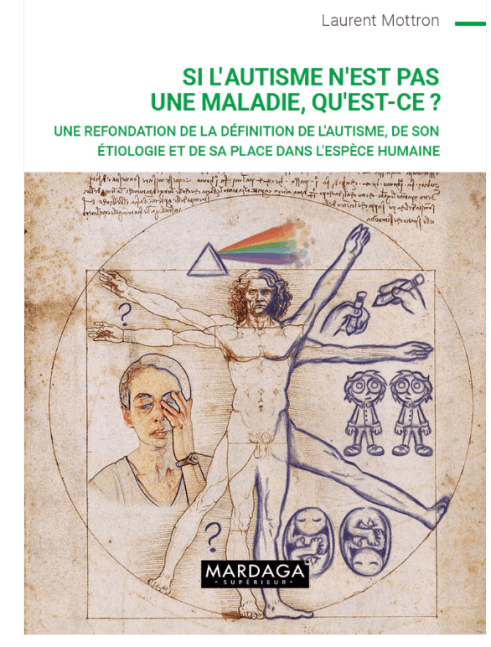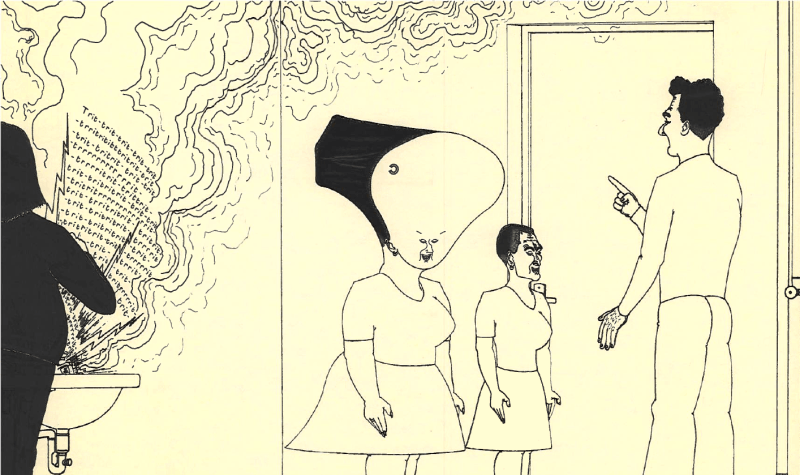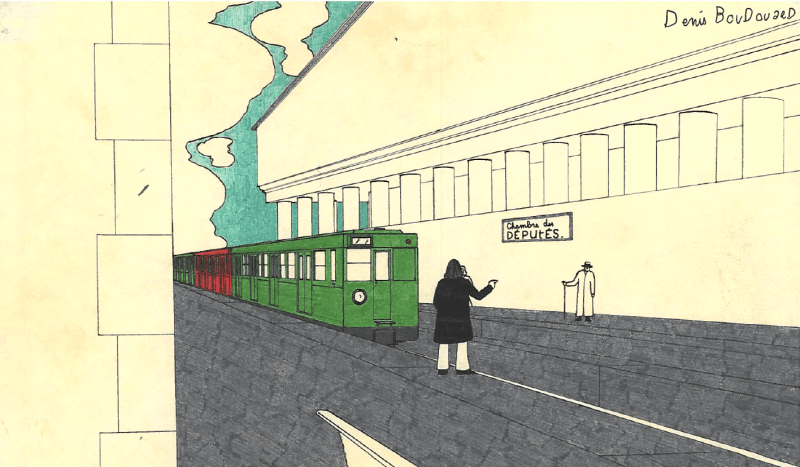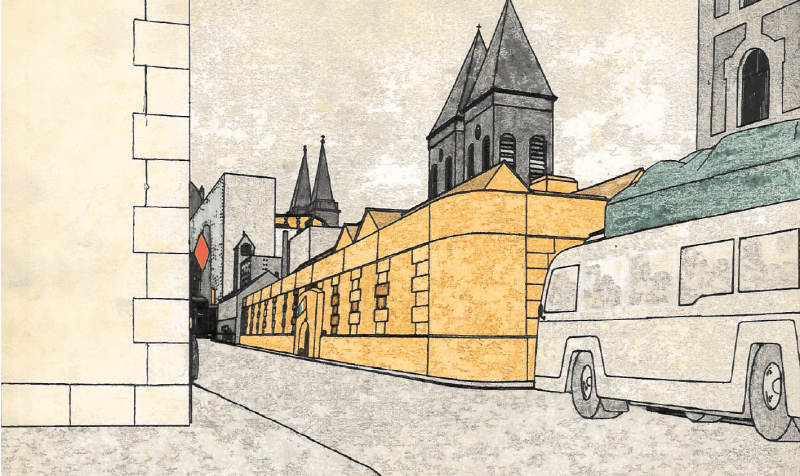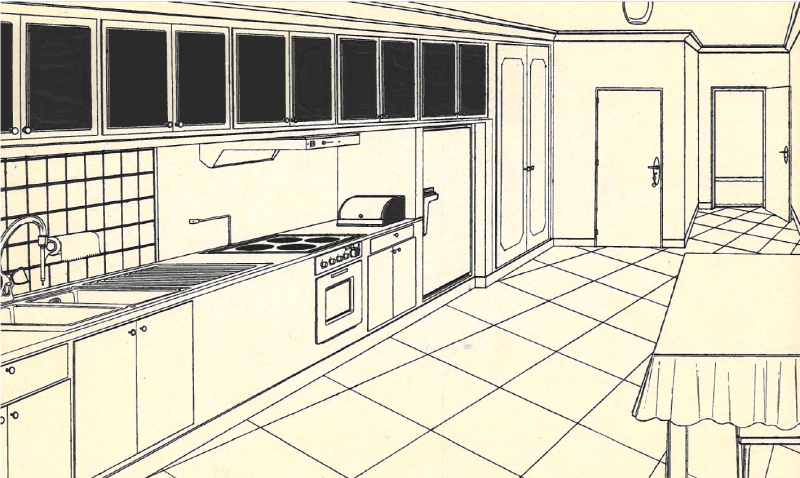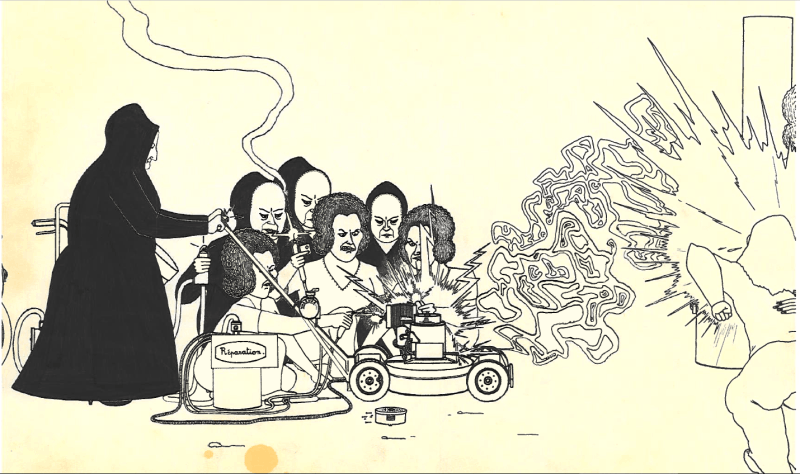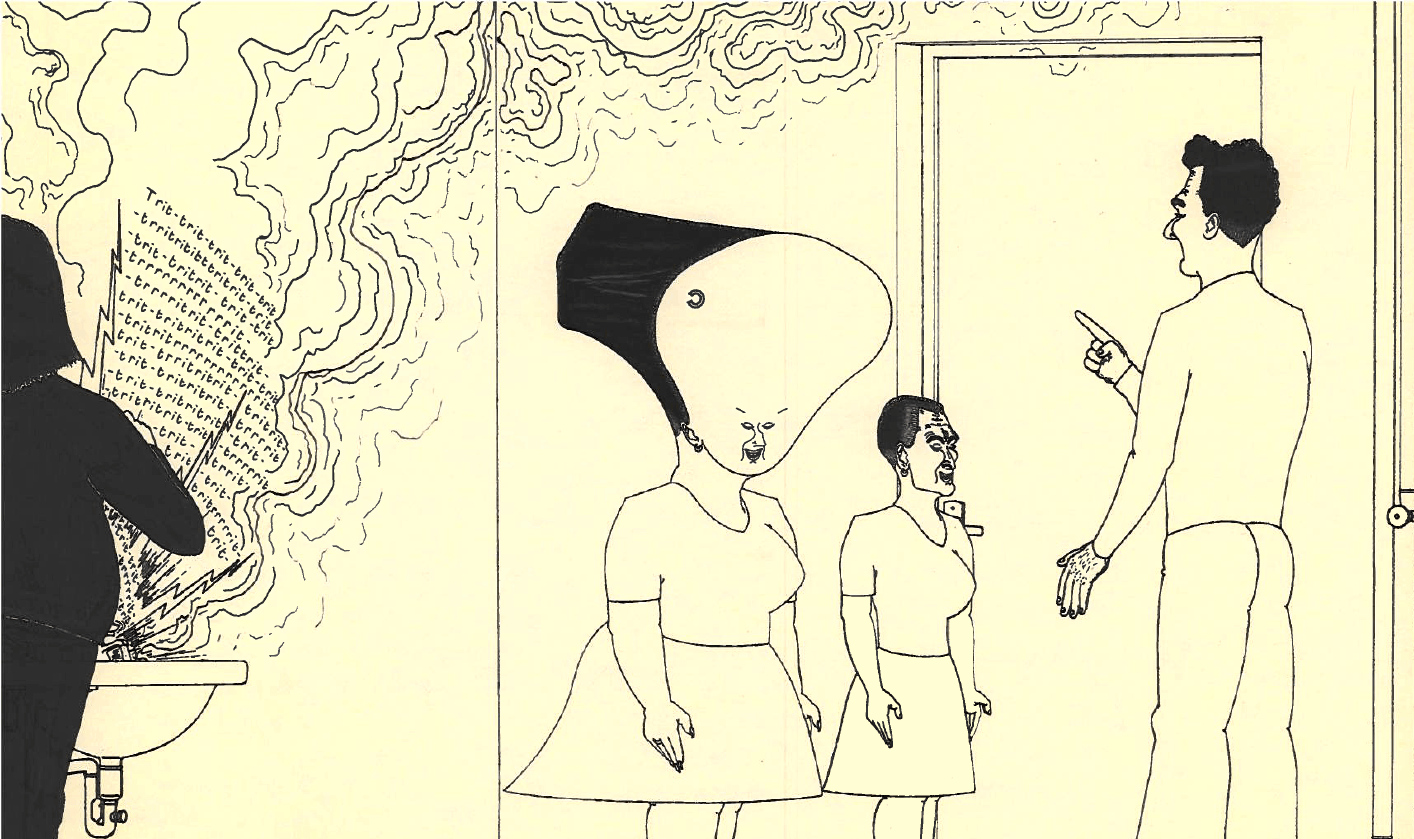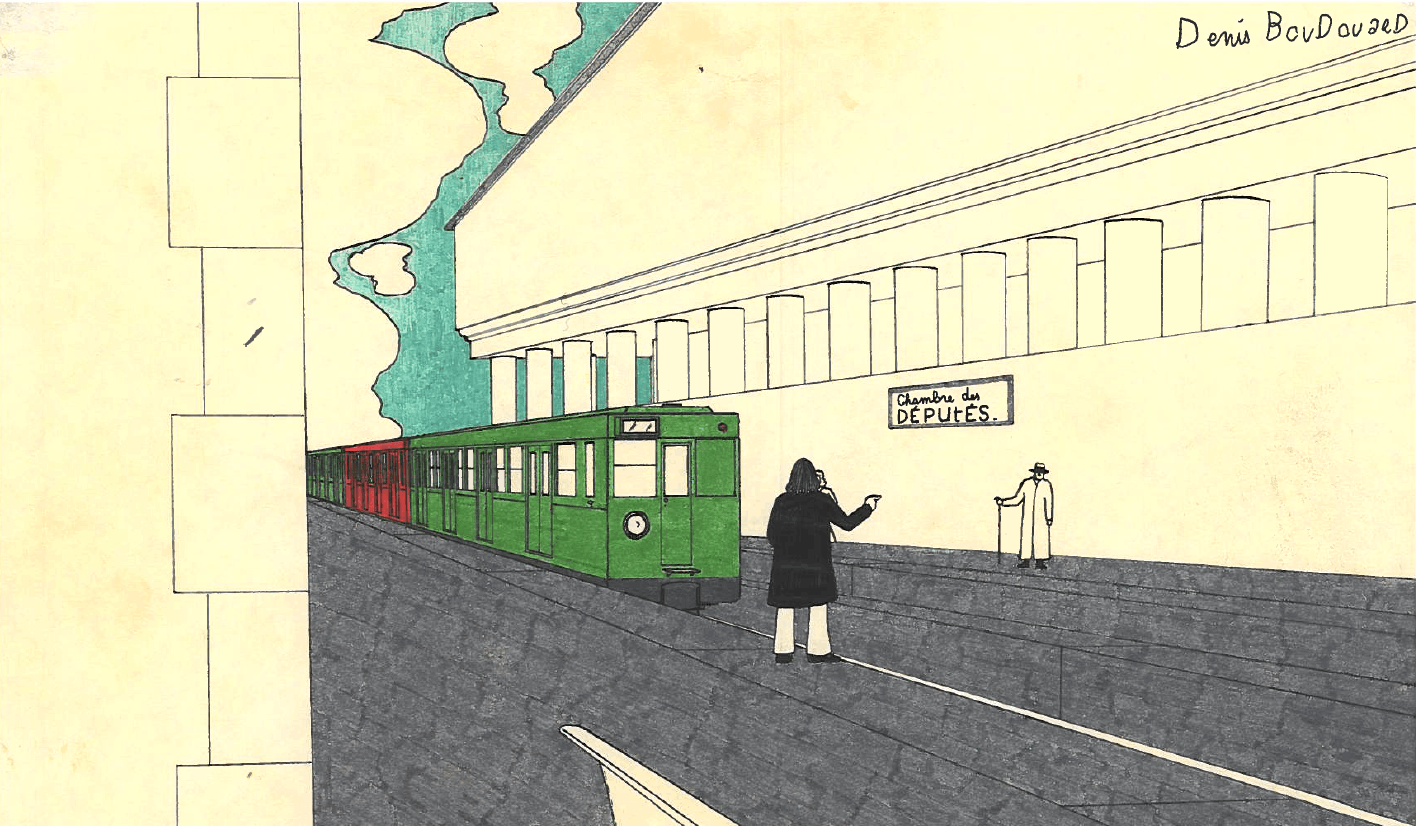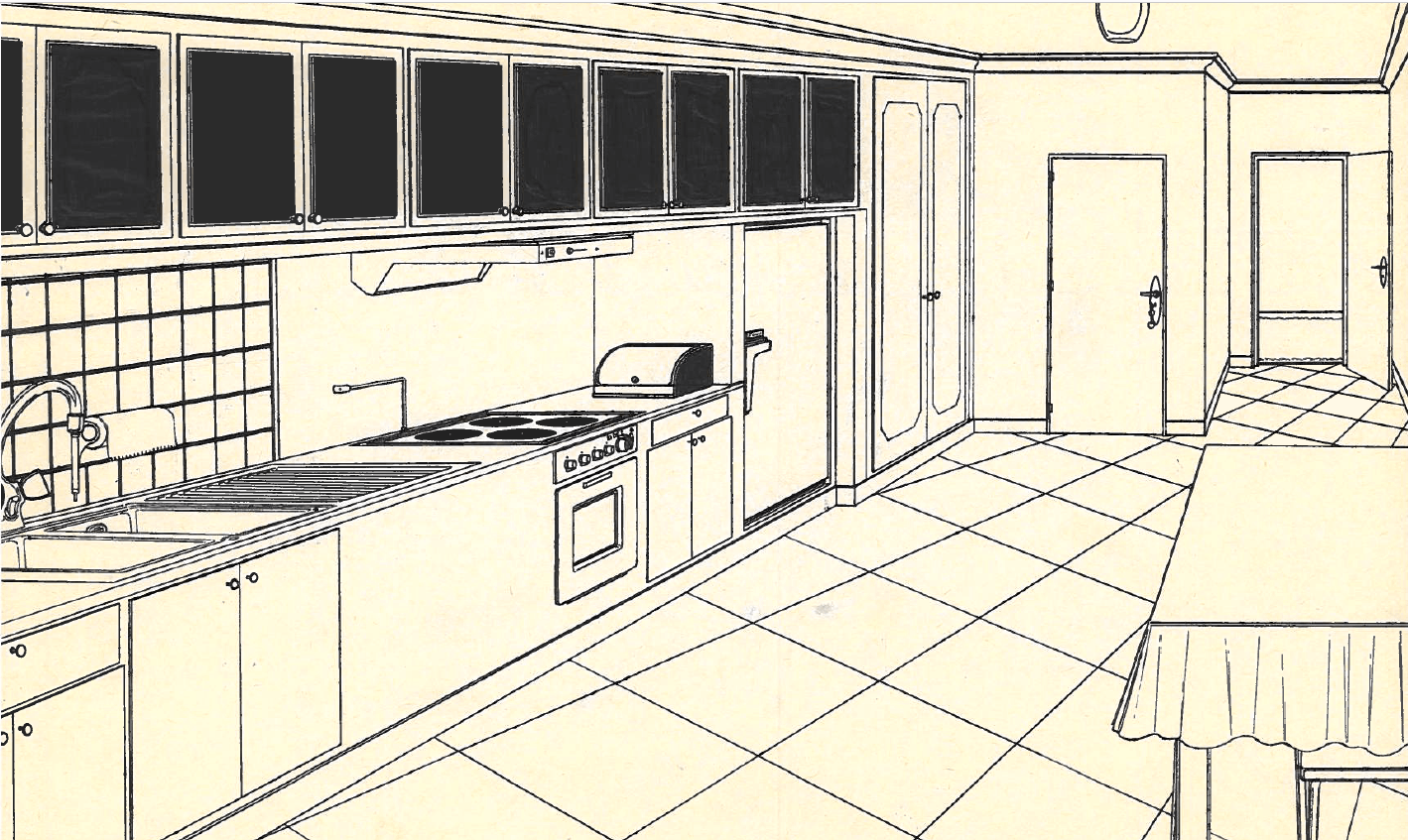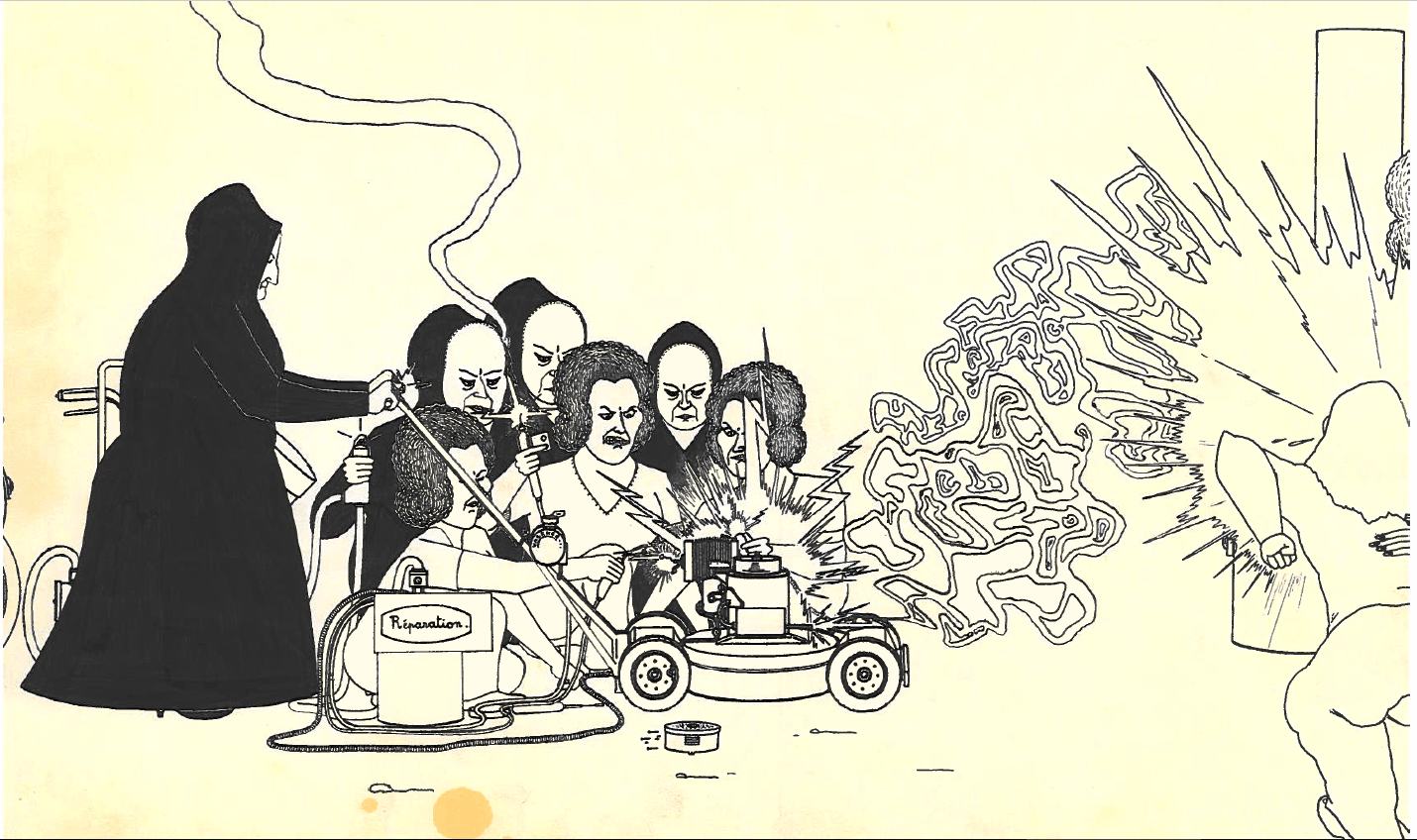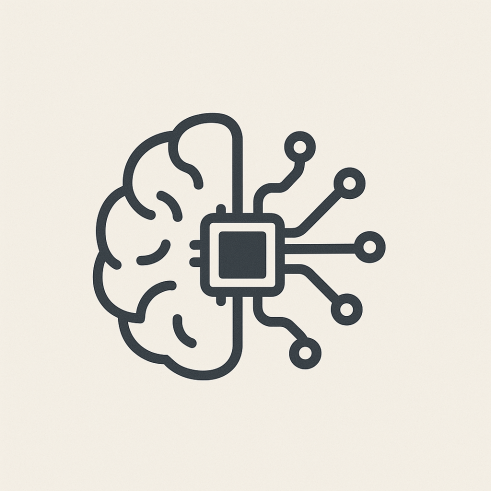
April 2025
Harnessing artificial intelligence and clinical data to redefine autism diagnosis
Health professionals still rely mainly on the asocial nature of children to diagnose autism. Our researchers Emmett Rabot and Laurent Mottron are co-authors of a new article published in the journal Cell, which proposes a revision of the criteria currently used. This reflection comes at a time when artificial intelligence, in collaboration with clinicians, is paving the way for a reassessment of practices.
The article suggests exploiting clinical data to validate the accuracy of diagnostic criteria established by specialists and based on human judgment. Specifically, the researchers analyzed over 4,200 clinical reports using large language models to identify key phrases associated with a positive diagnosis of autism.
Read more
Read the scientific article

November 2024
Dr. Laurent Mottron receives the Prix Léo-Pariseau from ACFAS
The Prix Acfas Léo-Pariseau is awarded in recognition of the excellence and influence of his work in the field of health. Laurent Mottron also received this year's Prix d'excellence from the Collège des médecins du Québec.
Interview with Laurent Mottron
Read more
September 2024
Since autism is not a disease, what is it?
Publication of a new book by Laurent Mottron, éditions Mardaga, 18 sept 2024. Italian, Brazilian and Chinese translations in progress.
Reviews: Association Française pour l'Information Scientifique
https://www.afis.org/Si-l-autisme-n-est-pas-une-maladie-qu-est-ce
Lien to book

June 2024
Increased interest in letters and numbers in preschoolers with autism
A new study reveals that children with autism show an exceptional interest in letters and numbers. This is often overlooked because of their preference for solitary activities. A study of 700 children by Alexia Ostrolenk of Dr. Mottron's research group.
Read more
Read the scientific article
